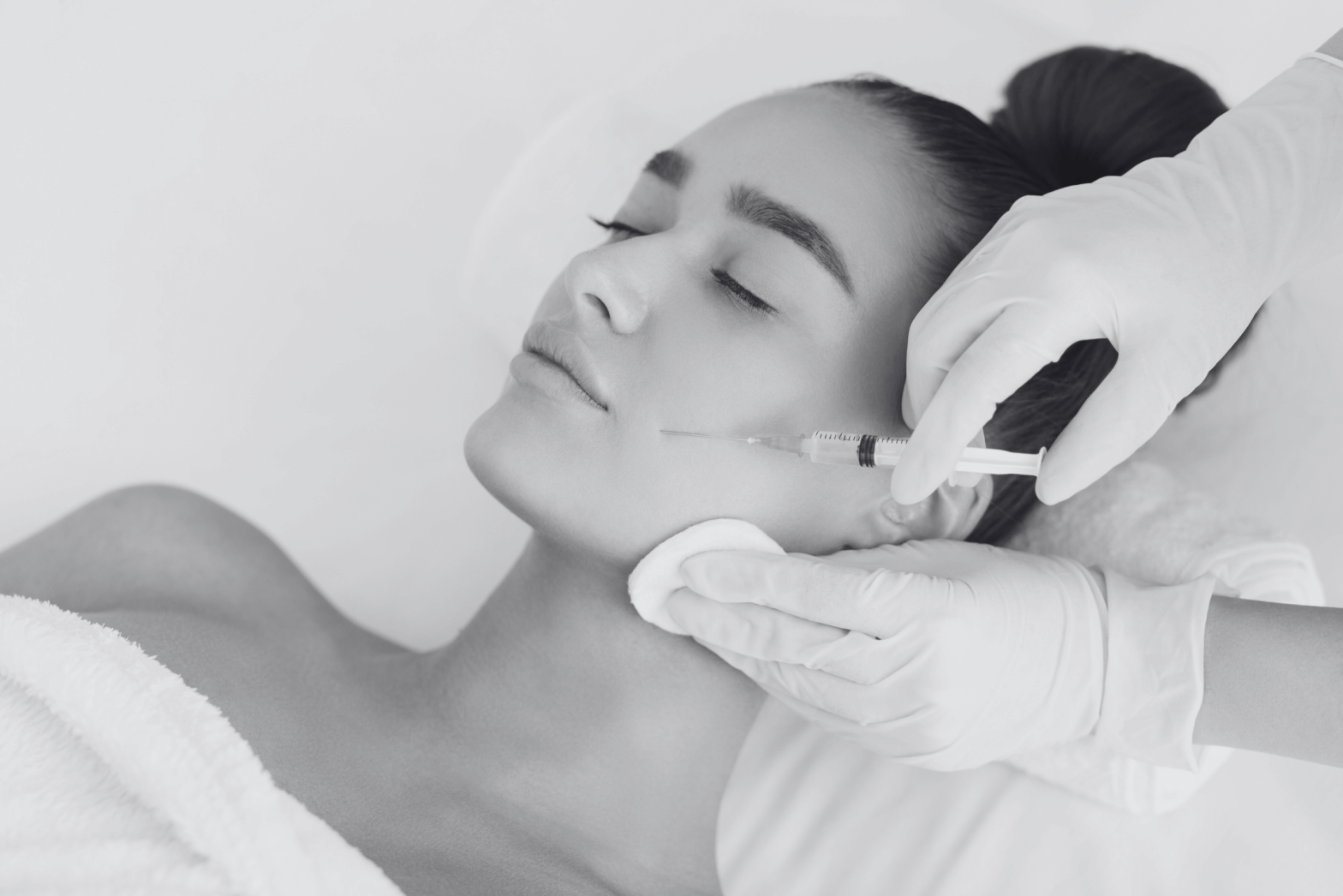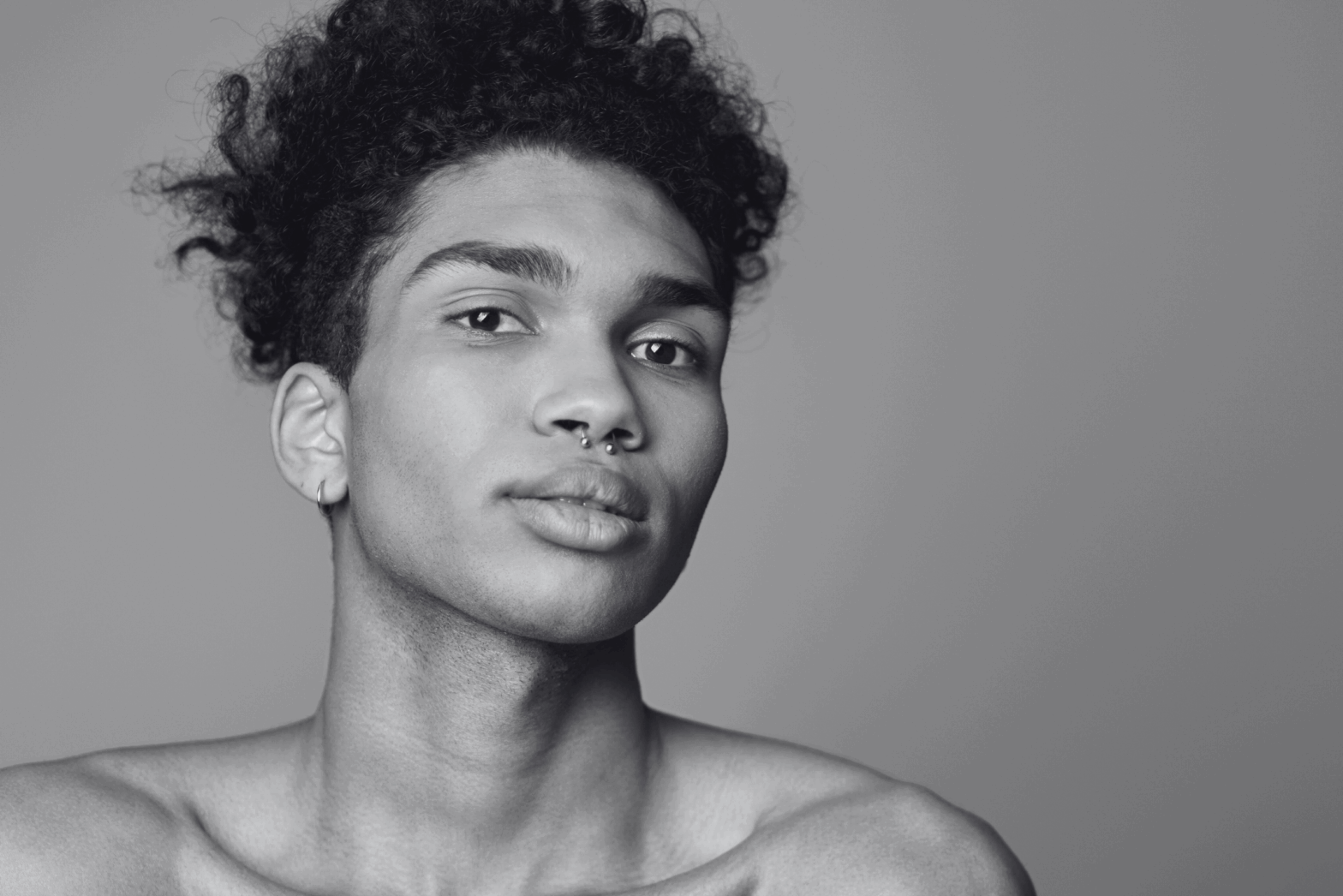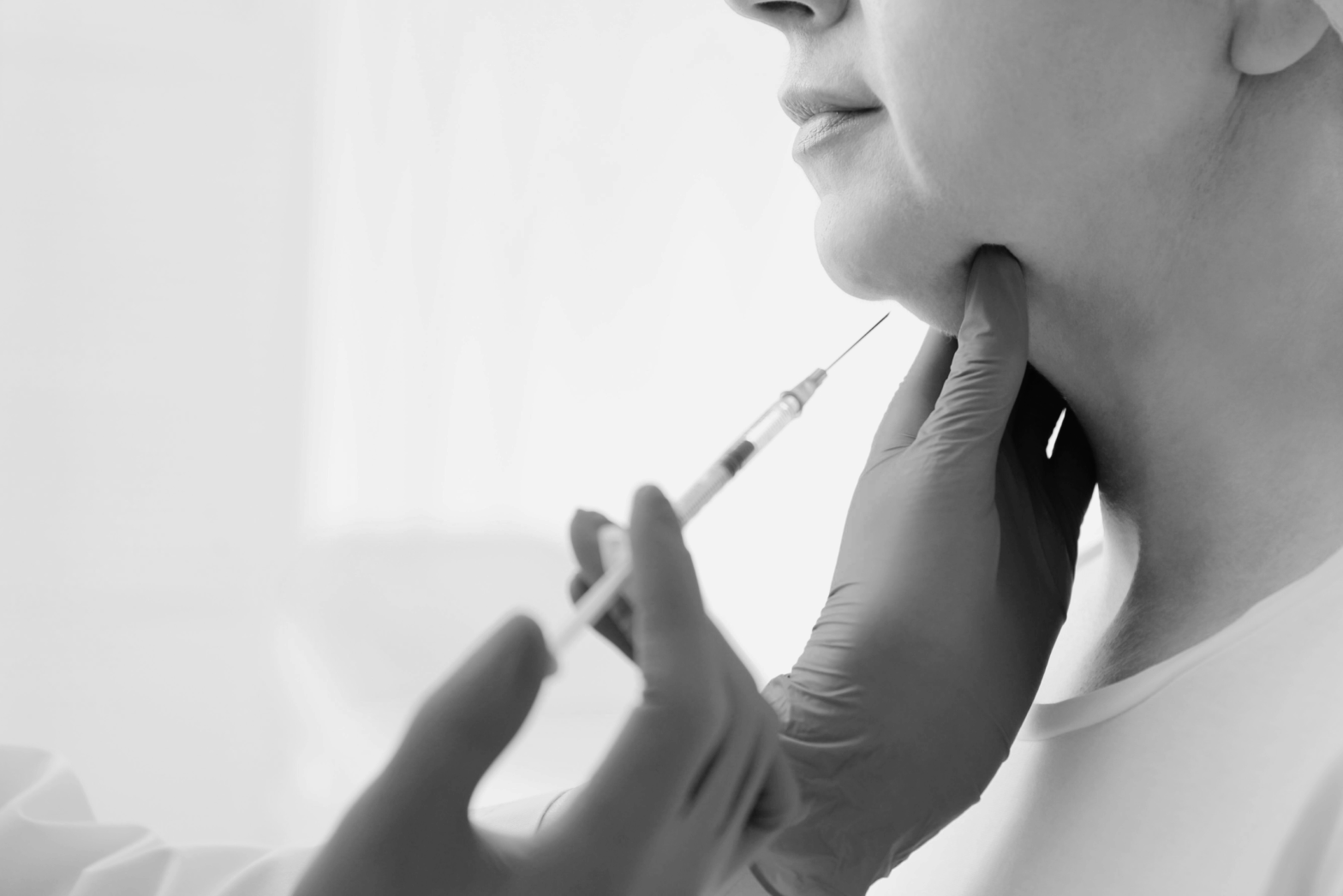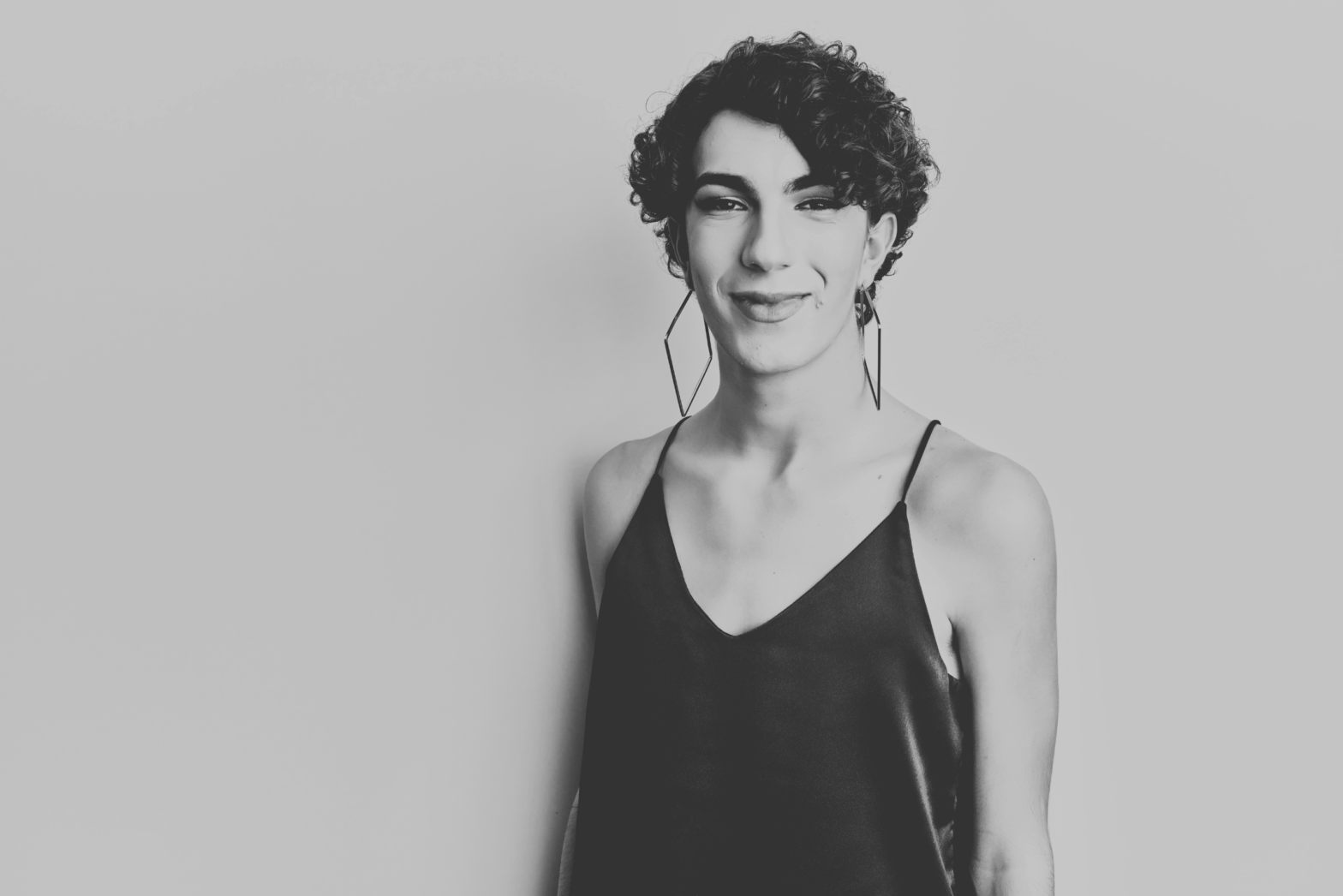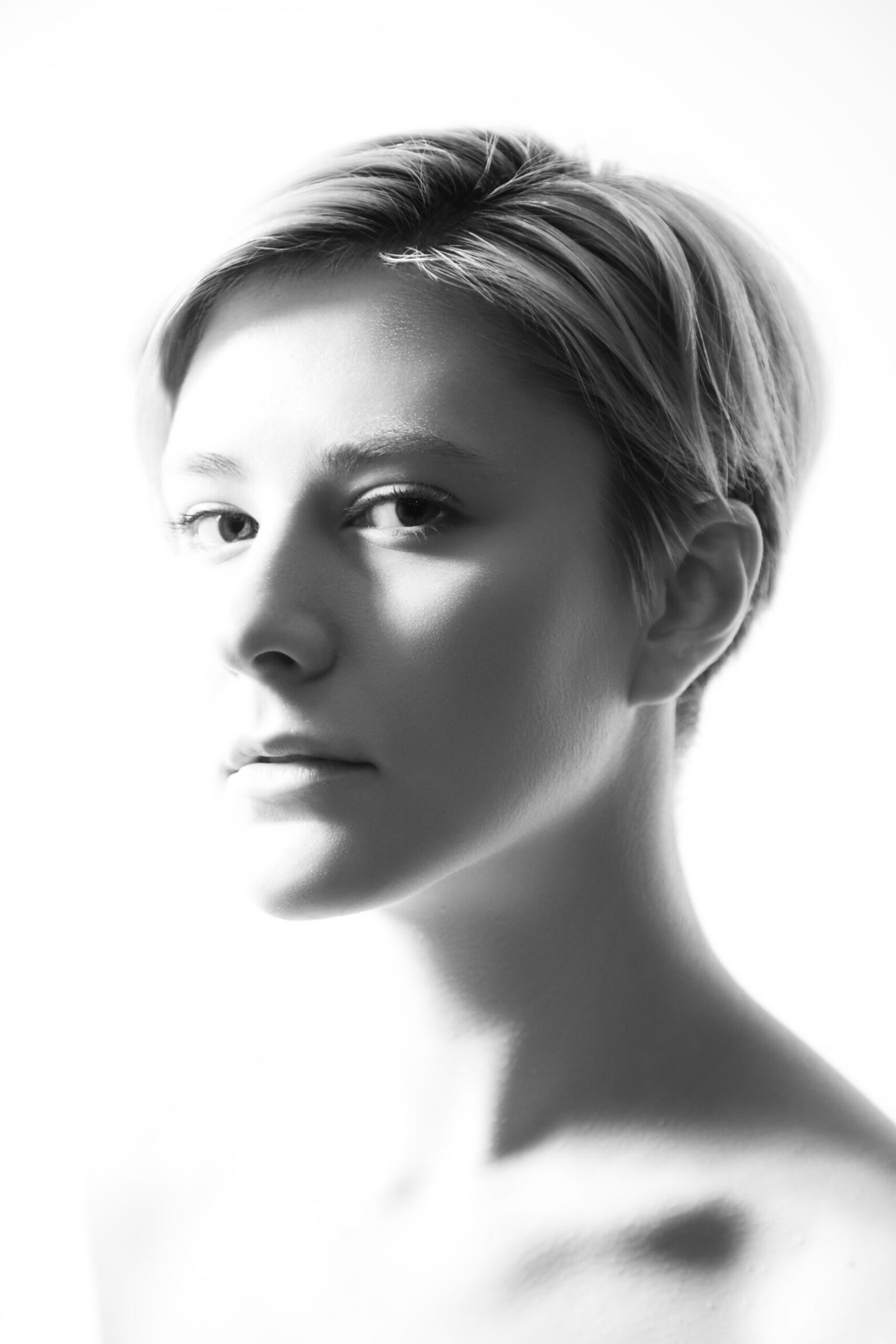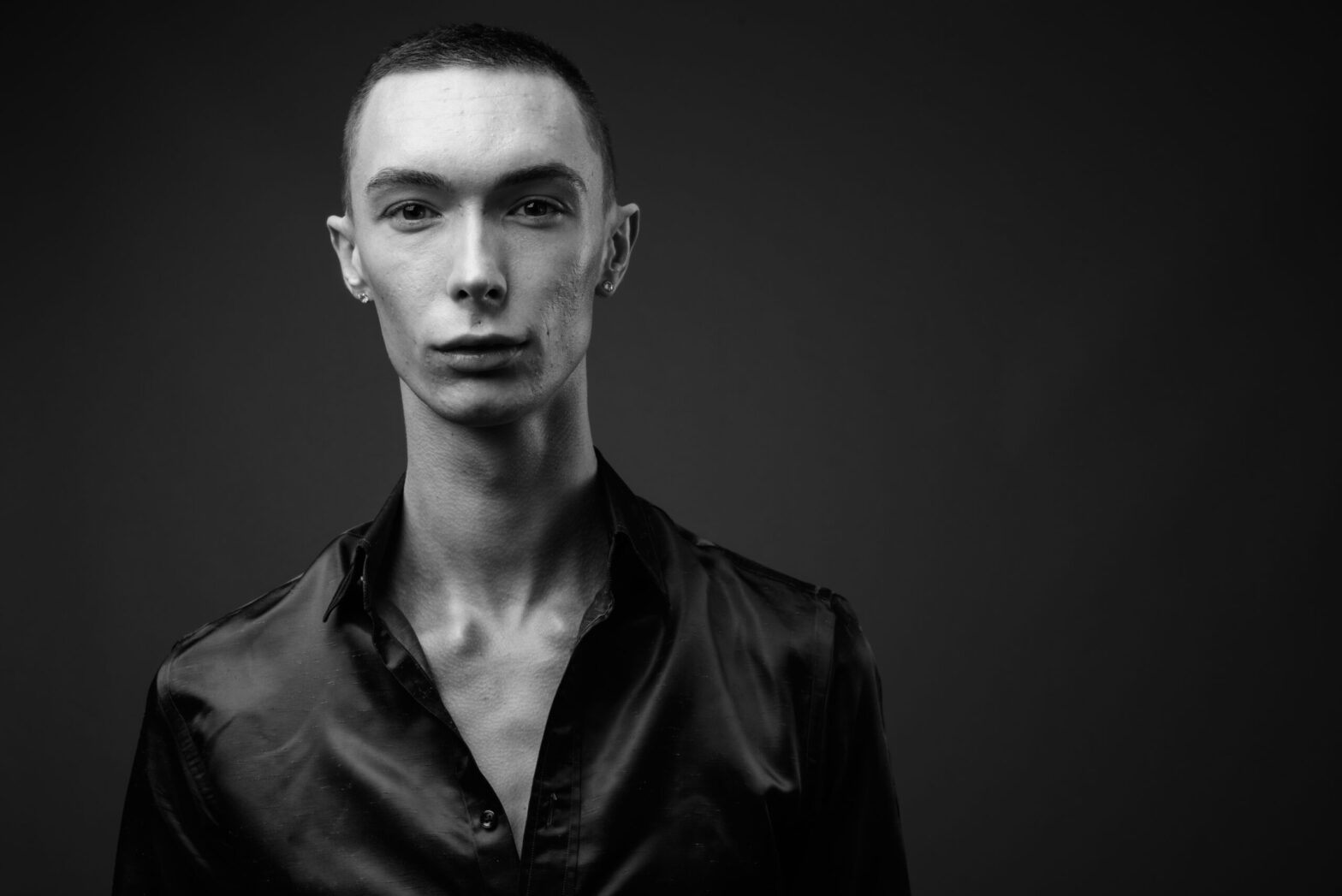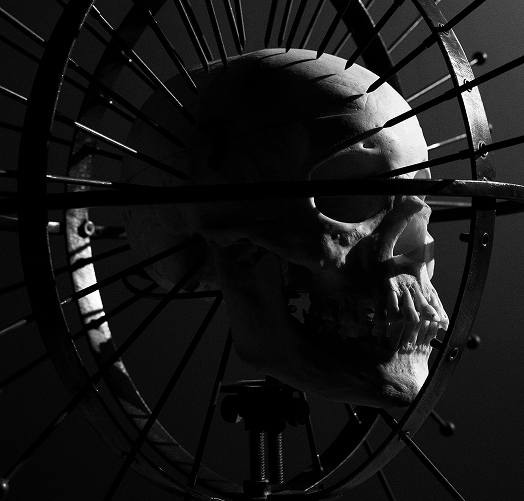When it comes to achieving smoother, more hydrated, and radiant skin, not all treatments are created equal. Skinvive by Juvéderm offers a unique, FDA-approved…
Double Jaw Surgery: What You Need to Know
Double jaw surgery, also known as bi-maxillary osteotomy, is a life-changing procedure that realigns the upper and lower jaws to improve facial appearance, oral…
Tailoring FFS Procedures for Diverse Facial Structures
Facial feminization surgery (FFS) is not a one-size-fits-all solution. Each patient brings a unique combination of facial bones, soft tissues, and cultural heritage to…
How the Shape of Your Nose Can Feminize Your Face
The nose is one of the most prominent facial features and significantly contributes to our perception of gender. Feminizing rhinoplasty, a specialized form of…
Kybella for Double Chin Reduction: A Non-Surgical Option for Gender-Affirming Facial Contouring
Facial harmony is vital in gender-affirming care, helping individuals feel more aligned with their identity. While facial gender-affirming surgery (FGAS) is a transformative step…
Fat Grafting vs. Fillers for Gender-Affirming Cheek Augmentation in San Francisco, CA
Cheek augmentation is a common procedure in facial gender-affirming surgeries. It can be achieved through various techniques, including fat grafting and dermal fillers. Each…
How Eyelid Surgery Can Assist in Facial Feminization in San Francisco, CA
Eyelid surgery holds the potential to redefine the face, imparting a distinctly feminine allure for patients seeking facial feminization surgery (FFS). Dr. Jordan Deschamps-Braly…
Should I Have Facial Hair Removal Before or After Facial Feminization Surgery?
Facial feminization surgery (FFS) is a transformative procedure for gender-diverse individuals seeking to align their facial features with their gender identity. Facial hair removal…
How to Achieve a Feminine Hairline in San Francisco CA
Hairline lowering surgery can be a crucial step for transgender women who want to achieve a more feminine appearance. By understanding the distinctions between…
Expectations with Facial Masculinization Surgery in San Francisco CA
Facial masculinization surgery (FMS) is a life-changing procedure for transgender men and non-binary individuals whose outer appearance does not reflect their gender identity. Dr….




